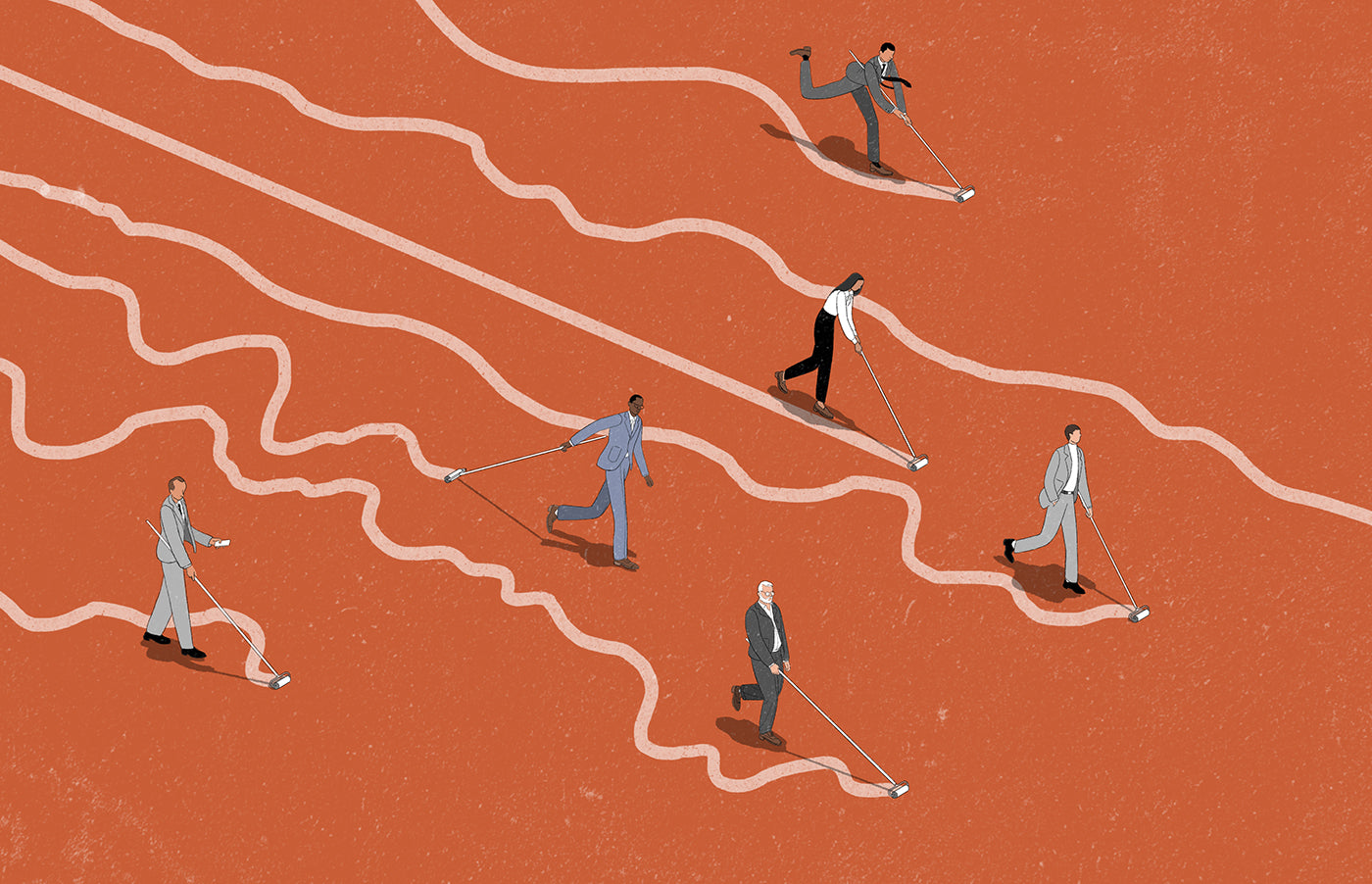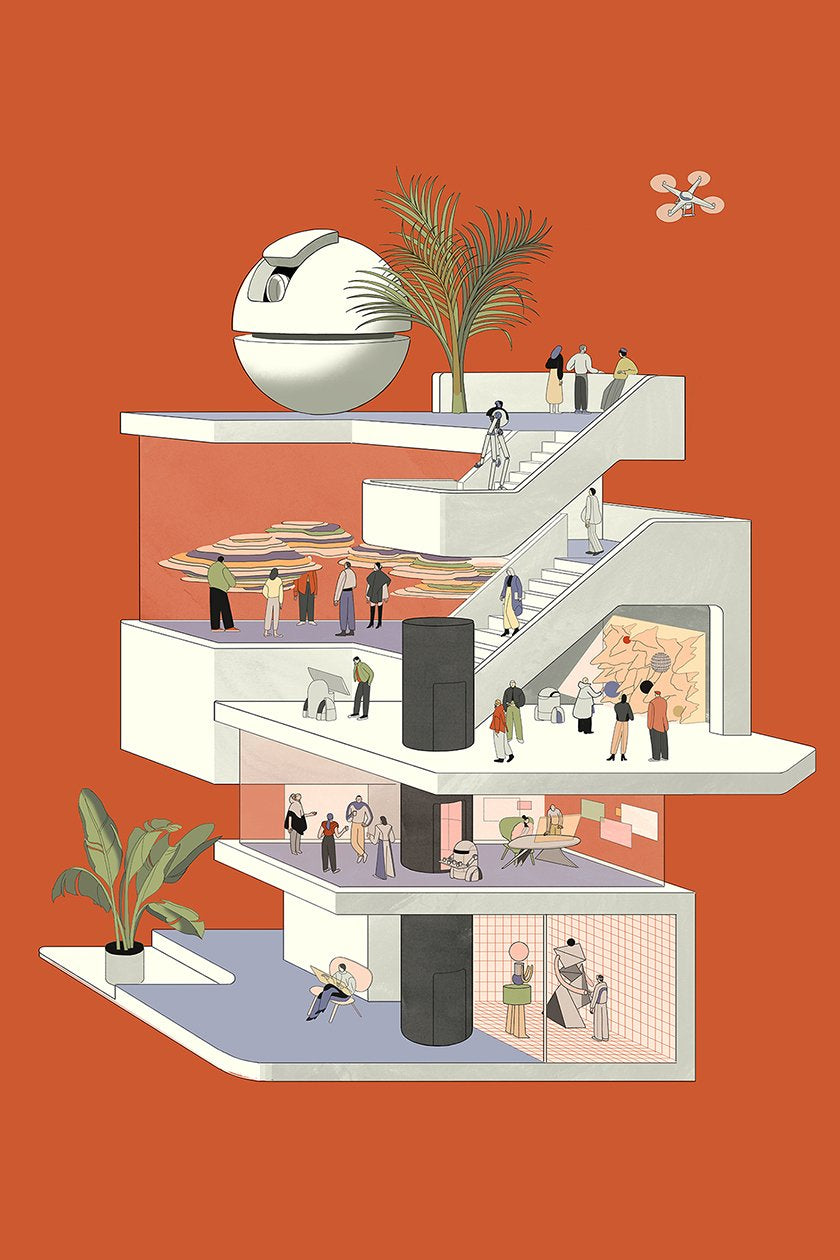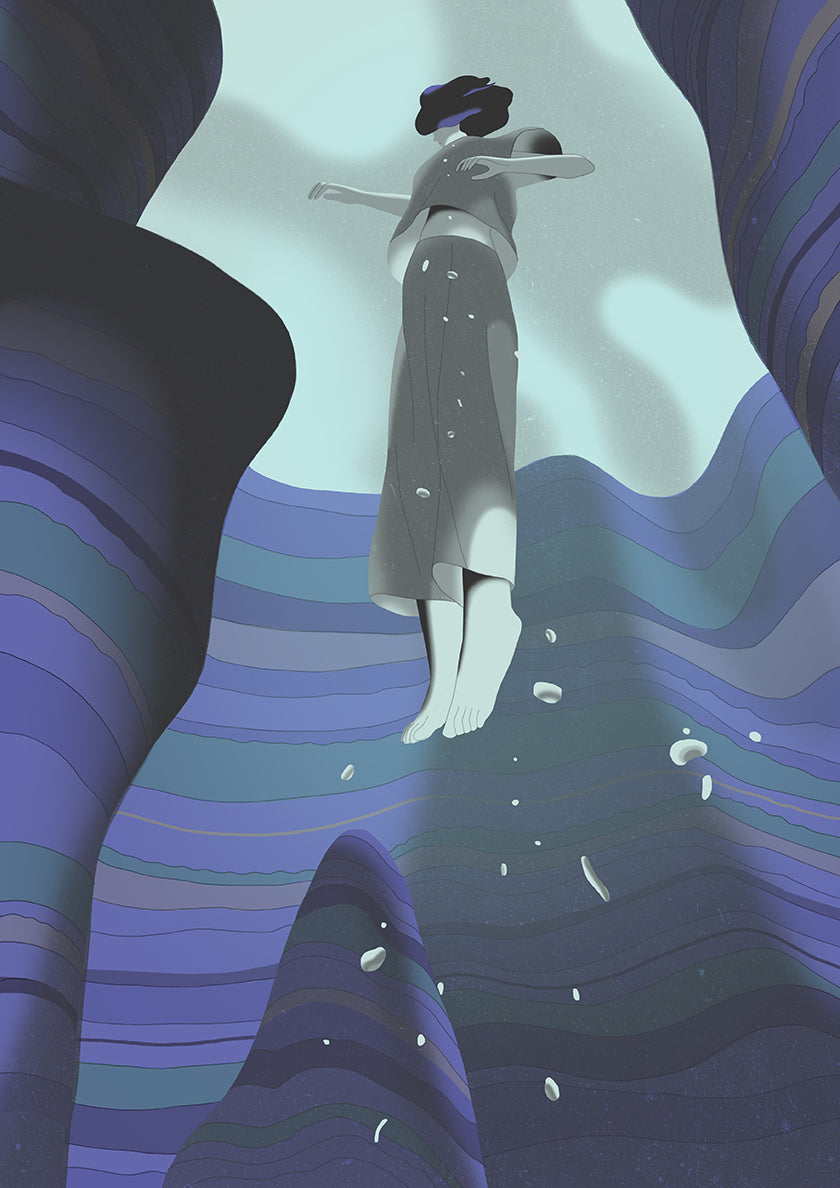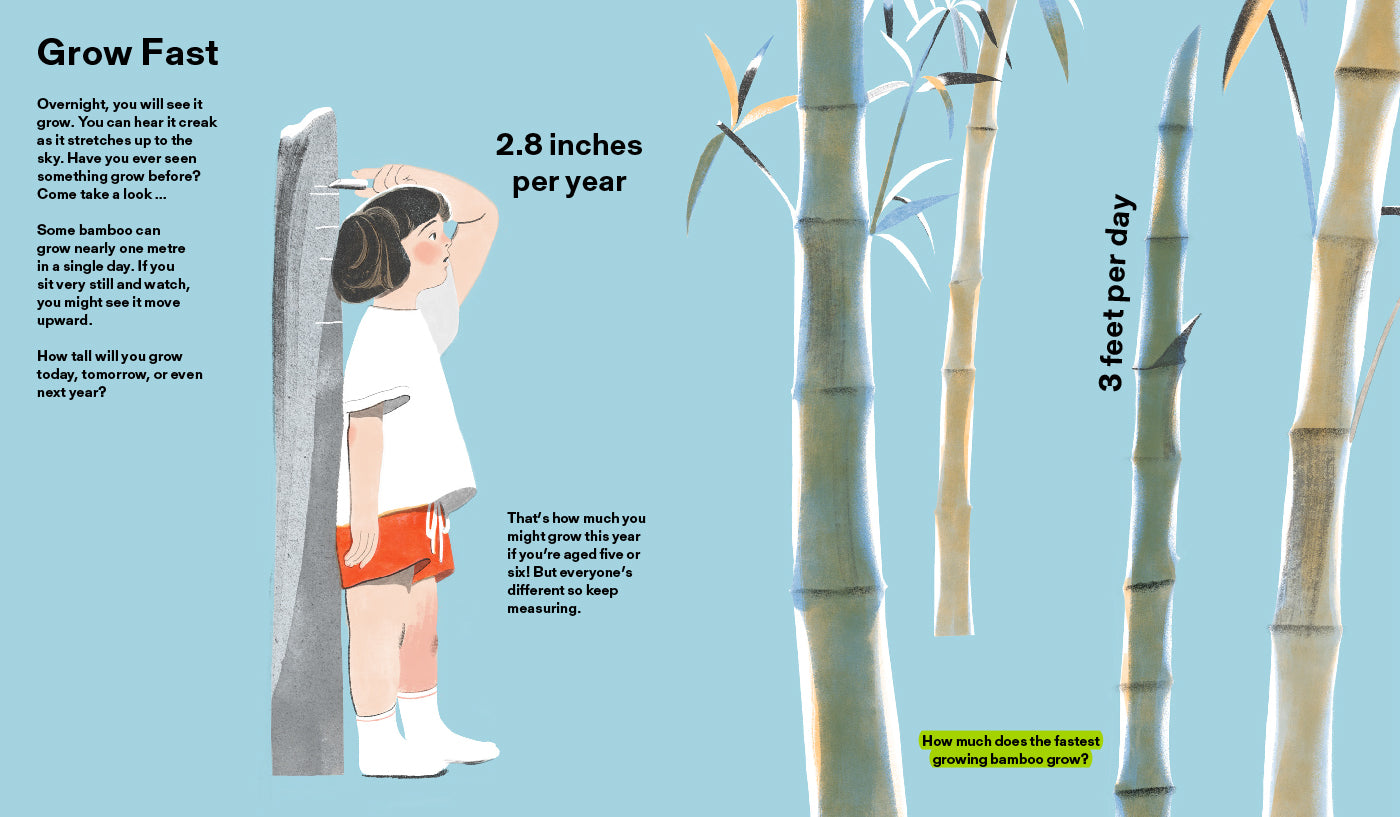Your Cart is Empty
When you buy a book, we plant a tree
“Storytelling is the biggest advantage of illustration”

From watching Japanese anime in Guangzhou to having his work featured in The New Yorker, Jun Cen's story from comic book fanatic to award-winning illustrator is one of intrigue. Known for his ability to create atmospheres centered around human emotion, Jun is able to fuse his work in multiple directions to portray life in stunning composition. After working on How Big is Big? How Far is Far? All Around Me, we decided to find out more about how his style and the power of illustration.

Born and raised in the southern Chinese providence of Guangdong, Jun was in awe of anime, illustration, and artistic cinematography growing up that his path into the creative practice felt natural. He moved to America in 2011 to study his Masters, once graduated he relocated to New York and has been based there ever since, winning awards along the way from the likes of the Association of Illustrators Award.
Jun worked with us on the imaginative Little Gestalten book that helps children comprehend various units of measure in playful and thought-provoking ways. Slightly different to commissions from The Wall Street Journal and New York Times, he was asked to illustrate a colossal squid's eye that is 28cm across, bamboo growing 1 meter per day, red deer running a 100-meter dash in 5 seconds (almost twice as quick as Usain Bolt), plus humans and cows both having 32 teeth. We find out more about him and the ideas that went into the book.

Hi Jun, can you tell us a little bit about your childhood growing up in Guangzhou and your path into illustration?
I was born and grew up in a time when China had just started to open its market to the rest of the world, ending its long period of collective economy. Although people were better off, material indulgence was still a rare thing for most families. The kids had to find their ways to spend time with other kids. We were curious about whatever was on the street and in the natural world. Although TV was only allowed after homework, we still ended up growing up watching a lot of Japanese anime. Being a comic artist was one of the dreams for kids who liked to draw. It was an accident that I became an illustrator, but it didn’t stray too far away from being a comic artist.
What sort of books did you read growing up, did you ever have a favorite or style?
Besides reading comics, it was quite hard to find good books that were illustrated. Lian Huan Hua (picture books with sequential art) was quite popular at the time. They were all done by different artists and tell stories from both traditional Chinese folklore and Western classics. It was fun to see artists drawing differently.

China, America, and Japanese culture have been influential to your work. How would you describe your aesthetic to others?
I once heard someone say that a person’s aesthetic is the result of all the experience he/ she has in totality. That's why you shouldn't try to challenge someone's aesthetic, haha. But I mean, the aesthetic I’m creating definitely reflects everything I read, watch, listen to, and think. And those are unique experiences, which should be different from everyone else's.
Since graduating from Maryland Institute College of Art, you won the Overall New Talent of the Association of Illustrators Award and had your work featured in international publications. What makes your style recognizable, elegant, and beautiful to others?
I feel lucky that there are people who think my art is unique. You need some confidence to believe in what you do is unique. It takes time to gain that confidence. Sometimes your clients and audience can give you that, but most importantly, you should make yourself believe in what you do is sincere and true to yourself.

How Big is Big? How Far is Far? All Around Me: What was your approach to connecting the audience with the Little Gestalten book about facts and measurements?
It was a challenging book to work on, but storytelling is the biggest advantage of illustration. That’s why when a reader opens a spread where it’s comparing the age of a 5000-year-old tree and a newborn baby, he/ she is not just looking at a diagram of statics. There’s a shift in time and space when the reader looks from one side to another side of a spread.
Why is informing imaginatively such a powerful tool for children and learning?
It’s important because when the children are reading the book, they are not only learning the knowledge but also encouraged to look around in their life and discover interesting facts on their own.

What’s your design technique, do you always design digitally or does it depend on the color palette?
I work digitally mostly. I have an OCD (Obsessive-Compulsive Disorder) with organizing my Photoshop layers. I usually work with a limited color palette. I only allow myself to use one color on each layer. I guess this has something to do with my background as printmaking major back in school.
Did you learn any interesting facts from the book?
That the largest organism on earth is the humongous fungus.
Facts, figures, and measurements that will make you look at life in a different. Explore How Big is Big? How Far is Far? All Around Me.